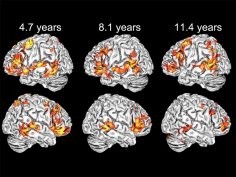PAY $1 OR MORE TO ALSO UNLOCK!
Teach Your Kids to Code: A Parent-Friendly Guide to Python Programming
MSRP: $23.95
Already had
Invent Your Own Computer Games with Python, 4th Edition
MSRP: $23.95
Already had
Black Hat Python: Python Programming for Hackers and Pentesters
MSRP: $27.95
https://www.amazon.com/Black-Hat-Python-Programming-Pentesters-ebook/dp/B00QL616DW/
Gray Hat Python: Python Programming for Hackers and Reverse Engineers
MSRP: $31.95
https://www.amazon.com/Gray-Hat-Python-Programming-Engineers-ebook/dp/B007V2DNEK/
PAY $8 OR MORE TO ALSO UNLOCK!
Mission Python: Code a Space Adventure Game!
MSRP: $23.95
Python for Kids: A Playful Introduction to Programming
MSRP: $27.95
Cracking Codes with Python: An Introduction to Building and Breaking Ciphers
MSRP: $23.95
Python Playground: Geeky Projects for the Curious Programmer
MSRP: $23.95
Math Adventures with Python: An Illustrated Guide to Exploring Math with Code
MSRP: $23.95
PAY $15 OR MORE TO ALSO UNLOCK!
Python Crash Course, 2nd Edition: A Hands-On, Project-Based Introduction to Programming
MSRP: $31.95
Automate the Boring Stuff with Python, 2nd Edition: Practical Programming for Total Beginners
MSRP: $31.95
Python Flash Cards
PDF ONLY
MSRP: $27.95
Serious Python: Black-Belt Advice on Deployment, Scalability, Testing, and More
MSRP: $27.95
Impractical Python Projects: Playful Programming Activities to Make You Smarter
